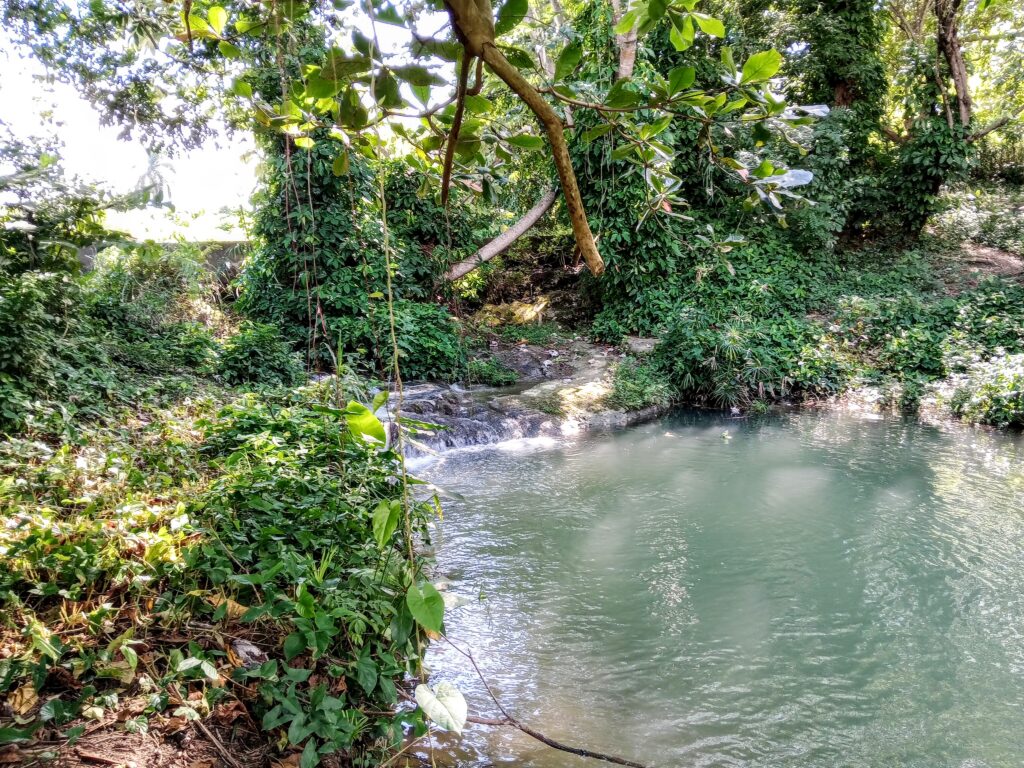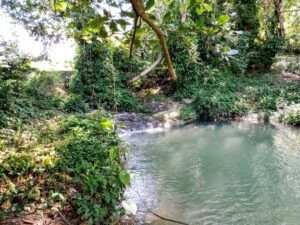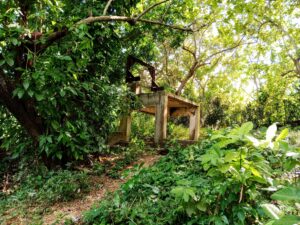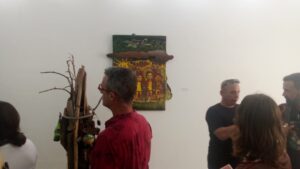Los Molinos: The Kingdom of Water (+photos).

Besides the incomparable beauty of the place, the surroundings hold moving stories such as that of a famous slave who found refuge on the banks of that stream, where perhaps he managed to alleviate his suffering somewhat.

Los Molinos is well worth a return trip. This would be my third time visiting this area so close to the city, where streams flow abundantly beneath the dense vegetation.

Besides the incomparable beauty of the place, the surroundings hold poignant stories, such as that of a famous slave who found refuge on the banks of that torrent, where perhaps he managed to alleviate some of his suffering.
During the journey, the path will lead you to a bend in the river where a breathtaking landscape emerges, like nature bursting forth to
reveal all its charms.
To reach it, you must cross the courtyard of a house. The presence of a thatched-roof hut and an armchair shows that the family built it to enjoy the peaceful view. An old carob tree crowns this natural spectacle.
Los Molinos is closely linked to the life of a slave who enjoyed great renown during the colonial era: Juan Francisco Manzano.
Suffering the hardships of slavery did not prevent him from learning to read, write, and cultivate poetry. He endowed Cuban literature with a transcendental work: his autobiography.
A significant part of his life unfolded in that place marked by the green of the forest and the soothing sound of the current. Some of the structures that once housed the family under whom this man served, subjugated by the nefarious institution of slavery, still stand.
A sugar mill also once stood nearby.

In recent times, the Los Molinos area also became known for the existence of an ice factory. Experts say that the energy needed to operate it was generated by a hydroelectric plant—a novel project for the time.
Time passed, and the factory began to deteriorate rapidly, to the point that today only ruined vestiges remain of what it once was.
Among the dense vegetation, remnants of that hydraulic infrastructure that transformed the force of water into electrical energy for ice production can still be seen.

Despite its proximity to the city, perhaps few residents of Matanzas venture to explore this area dominated by lush trees and the profusion of water that rushes frenetically from every corner.
As you walk through the area, countless streams spring up from diverse points, as if it were a realm of water.

A waterfall feeds a beautiful pool that invites you to take a dip.
The loud, constant roar of the rush can be deafening, but the butterflies seem oblivious.
The murmur of the current is part of the surrounding music. Undoubtedly one of the most striking features of the landscape.
A little further on, along a dense path that barely resembles a road, the tranquility that so characterizes the San Juan River in its relentless pursuit of the sea will reappear.
Behind, a spot that once enjoyed a certain renown, even appearing in old publications and inspiring more than one painter, will be left behind.

On each return trip to Los Molinos, it seems to become unrecognizable. The vegetation threatens to engulf it—bury it completely. But as long as there are enthusiastic adventurers willing to explore that place, it will be reborn from absolute oblivion and regain some of its former splendor.
Photos by the author
Written by Arnaldo Mirabal.




